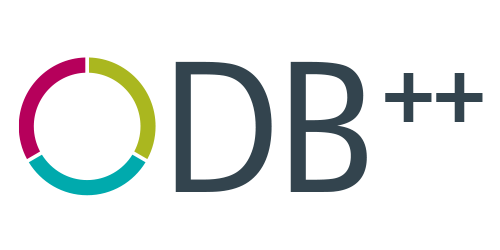No doubt PCB assemblies are complex objects, especially considering its size. And that is actually our intention – to create maximum functions in the most efficient way possible. Achieving that though, comes with a set of challenges. Multiple components, different materials, a variety of functions and distinctive physical characteristic all need to be properly handled to avoid problems though the design and also manufacturing.
A big challenge for this industry, one that’s being handled as we speak, is that machines in the production line today often don’t have the ability to communicate with each other in an intelligent way, forcing manual, non-efficient, error-prone processes. It’s time for the Connected World to be better implemented in PCB manufacturing as well. It is also time to break down the walls between machine vendors. One of the greatest limitation manufacturers are facing, is due to the fact that each vendor speaks a unique language, both in its input and output files. On a more practical level, that means that once a manufacturing program is created through a CAM tool such as Process Preparation, it is specific to the machines vendors that are in use at that time, making it hard to make changes in the program in the future.
This is why we developed OPM, an open program model, as a part of our OML vision. It is aimed to create a common langue between machines, to replace the individual input and output files used today. The benefit will be that as machine vendors adopt OPM, you will be able to use a single manufacturing program, regardless of what machine vendors you are using. TAFT, SRFF, Gerber, and other input files, along with output files such as OIB, XML, and Access DB, will all be replaced by OPM.
And to take this back to the whole Connected World topic, the next step is to have the OPM program file sent directly to the shop-floor as well, to get them in the loop and aware of the PCB program. And with OML also available, you can create a verification process as well, to make sure the program is correctly executed. You can create an application to compare between the OPM input file with the original program created in Process Preparation, and the OPM output file which documents how it operates in real-life, to create a comparison that will validate that the program is happening as planned.
To get all of this to happen in real-life, we need vendors to adopt OPM, and to replace their current individual file formats they have been using. Industry 4.0 is here. It’s time to improve our game and make the necessary changes – changes that will promote automation, traceability, efficiency, and reliability.
This use-case and more are available here on the OML Community website!
Join our growing OML family, and together we will change the manufacturing world, and step into the future together.
Until next time,
Danit

